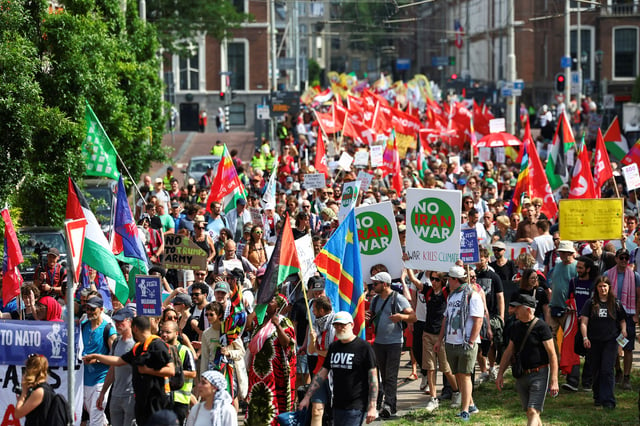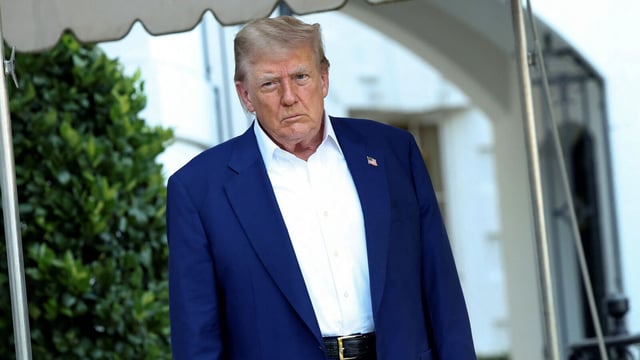Overview
- NATO’s 32 members agreed to raise defense spending to 5% of GDP by 2035, splitting the increase between core military needs and related security measures.
- The pledge fulfilled President Trump’s long-standing demand for higher European military contributions, secured through intensive negotiation led by Secretary General Mark Rutte.
- Spain initially resisted the commitment but ultimately relented after securing assurances against strict opt-outs, highlighting persistent divisions over burden-sharing.
- The summit was overshadowed by recent U.S. airstrikes on Iranian nuclear facilities and a fragile Israeli-Iran ceasefire that underscored NATO’s broader security challenges.
- Ukrainian President Volodymyr Zelenskyy was confined to peripheral meetings, reflecting the alliance’s cautious stance on his country’s membership bid under President Trump’s administration.



